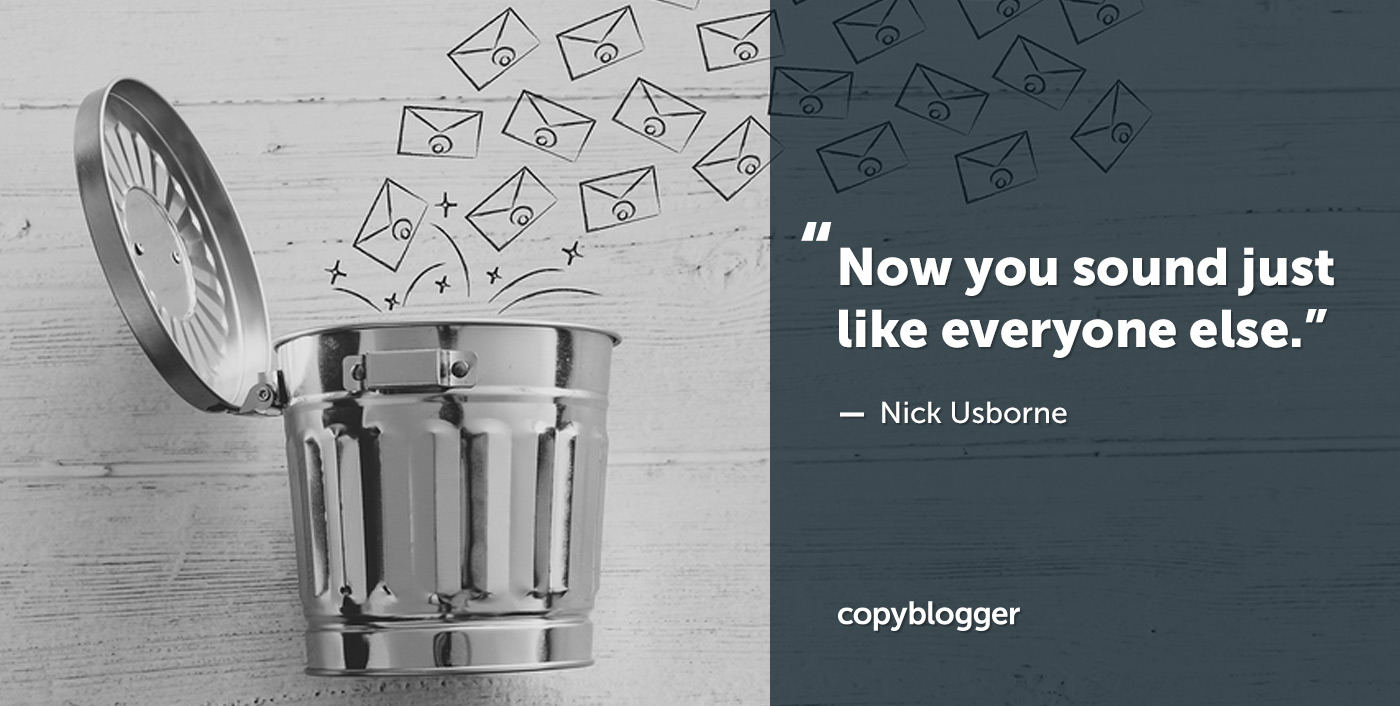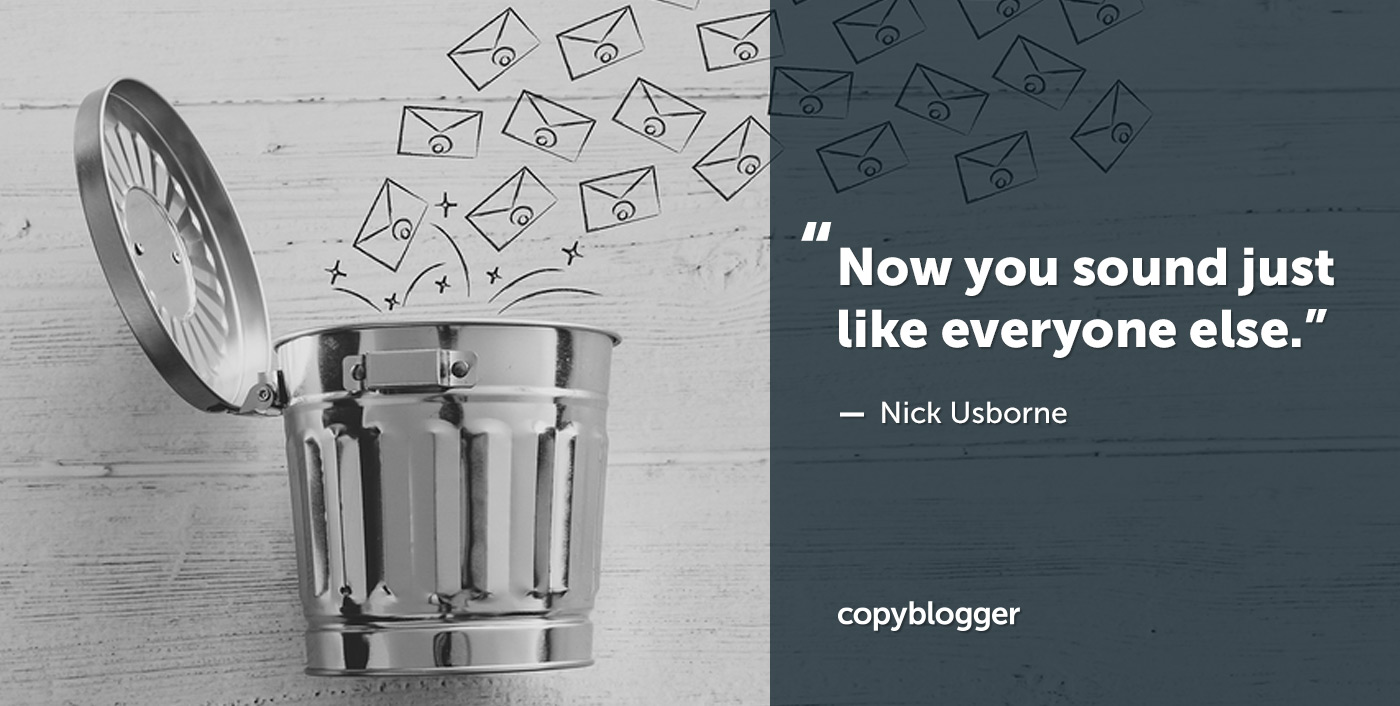Pretty much every online business on the planet uses marketing automation in one way or another. Every email you open … Every web page you visit, even for a second … Every social media post you view … Every link you click … Every time you sign up for something … You get tagged. Mess up #1: Automation can make you sound creepy, and undermine trust When she wants to buy lingerie or swimwear, my wife has a favorite website she buys from. Recently she received an email from this company, featuring some items on sale. In other words, that automated email sequence has been “in the can” for more than a year, and nobody had thought to update it. And this means your audience has been exposed to the “funnel experience” a few times now. You may sound like a “real human.” But when you deliver your copy within the predictable structure of an automated sequence, that sense of humanity quickly evaporates. You can use automation technology and also break the rhythm with some real human interaction to have a far better chance of holding your audience’s attention. And don’t get me started on chatbots and AI The kind of automation I’ve been writing about here is pretty old-school. Computers are good at automating things.

Pretty much every online business on the planet uses marketing automation in one way or another.
Honestly, it would be tough to run a business without it.
For example, if you were to sign up for my own newsletter, you’d receive a series of three welcome emails, one a day for three days.
It makes total sense for me to automate that. And the user experience for people who sign up for my emails isn’t compromised one little bit.
But … I’m a bit of a rarity. Because that’s pretty much as far as I go.
Companies large and small are jumping into marketing automation with both feet. They’re loving it. And maximizing its use in every way possible.
Every email you open …
Every web page you visit, even for a second …
Every social media post you view …
Every link you click …
Every time you sign up for something …
You get tagged. You’re tracked. You become fodder to the algorithms that drive marketing automation.
You’re remarketed to. You’re stuffed into marketing funnels.
There’s no escape.
Steady on, Nick! Enough with badmouthing marketing automation
Okay. So I’m biased.
But I’m biased for a good reason. I’m trying to defend the integrity of writing to your audience in a human voice.
You can write the best copy or content in the world, and then have it badly undermined by the technology that delivers it.
Let’s look at three cases of marketing automation mess-ups.
Mess up #1: Automation can make you sound creepy, and undermine trust
When she wants to buy lingerie or swimwear, my wife has a favorite website she buys from.
Recently she received an email from this company, featuring some items on sale.
She clicked through to the site, took a look around and left. Didn’t buy anything or even put anything in the shopping cart. Just browsed a few items.
Two minutes later … literally … she received an email.
And the subject line read: Caught you looking …
Seriously? They thought this would be viewed as a personalized experience? Cute, perhaps?
Nobody thought it might sound creepy and invasive?
Nobody paused to consider this might instantly undermine her trust in the company?
Because that’s exactly what happened.
She unsubscribed.
Just because the features of the automation system you’re using allow you to do certain things, doesn’t mean you should do them.
If you have even the tiniest suspicion that it might be a tad tone-deaf to send an email saying, “Caught you looking,” bounce the idea off some people who are not in your immediate team.
Get an outside perspective.
More generally, be aware that your prospects and customers are thinking more about privacy issues than they were even a couple of years ago.
And, like my wife, they’ll cut you…

COMMENTS